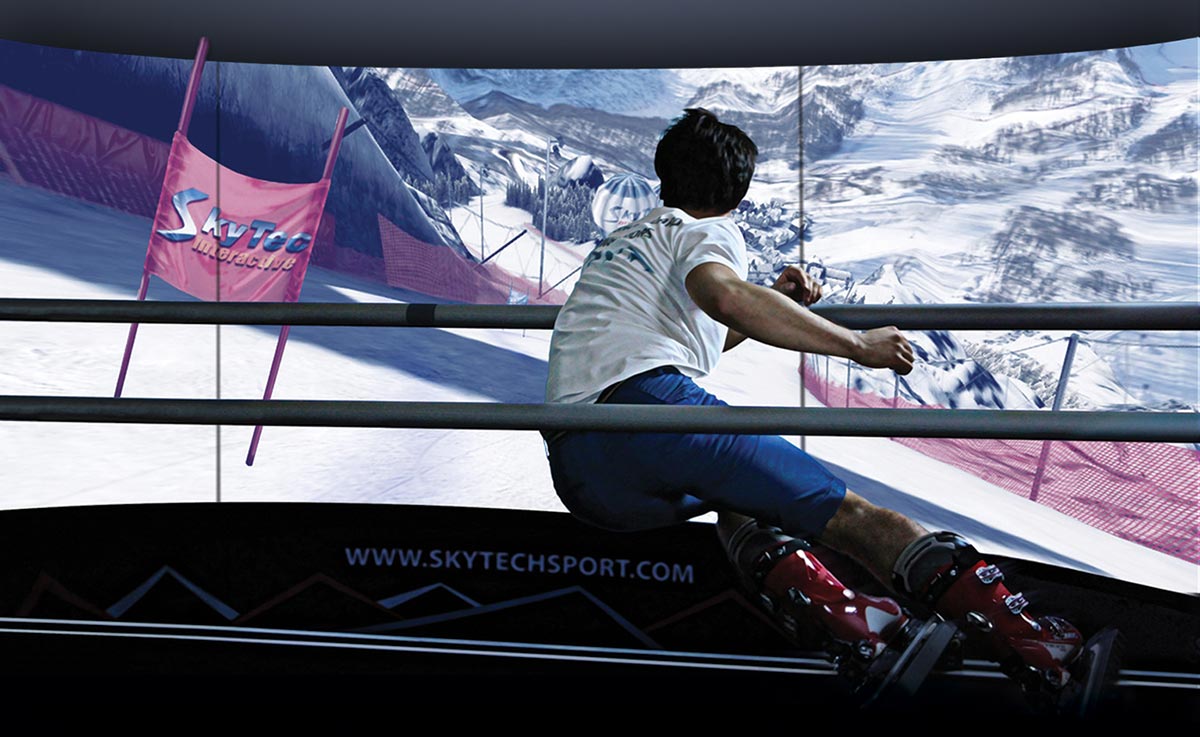Virtual Reality (VR) technology is revolutionizing the way athletes train and perform, providing new opportunities for skill development and performance analysis. With VR technology, athletes can practice in immersive game simulations, analyze their performance in real-time, and even undergo rehabilitation for injuries.
Immersive Game Simulations
VR technology allows athletes to practice in immersive game simulations that recreate game scenarios and challenges. Athletes can practice and develop their skills in a safe and controlled environment, without the risk of injury. This technology is particularly useful for team sports, where athletes can practice game strategies and tactics in a realistic virtual environment.
Performance Analysis
VR technology also provides new opportunities for performance analysis. Athletes can wear sensors and trackers that capture data on their movements and performance, providing coaches and trainers with valuable insights into their technique and form. Coaches and trainers can use this data to identify areas for improvement and tailor training programs to meet the needs of individual athletes.
Injury Rehabilitation
For injured athletes, VR technology offers a new way to undergo rehabilitation. VR technology can provide athletes with a way to practice movements and exercises in a safe and controlled environment, without the risk of re-injury. This technology can also provide athletes with a way to stay engaged and motivated during the rehabilitation process, which can be long and challenging.
Fan Engagement
VR technology also has the potential to revolutionize fan engagement in sports. With VR technology, fans can experience games and events in immersive virtual environments, providing a new level of engagement and interaction. This technology can also provide fans with a way to experience sports events from different perspectives, such as from the perspective of an athlete or coach.
In conclusion, Virtual Reality (VR) technology is changing the way athletes train and perform, providing new opportunities for skill development and performance analysis. With immersive game simulations, performance analysis tools, and injury rehabilitation programs, VR technology is providing athletes with a new level of control and engagement. As technology continues to advance, we can expect to see even more innovative uses of VR technology in sports training and performance.



